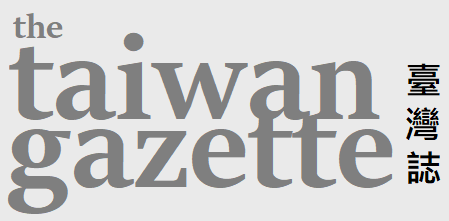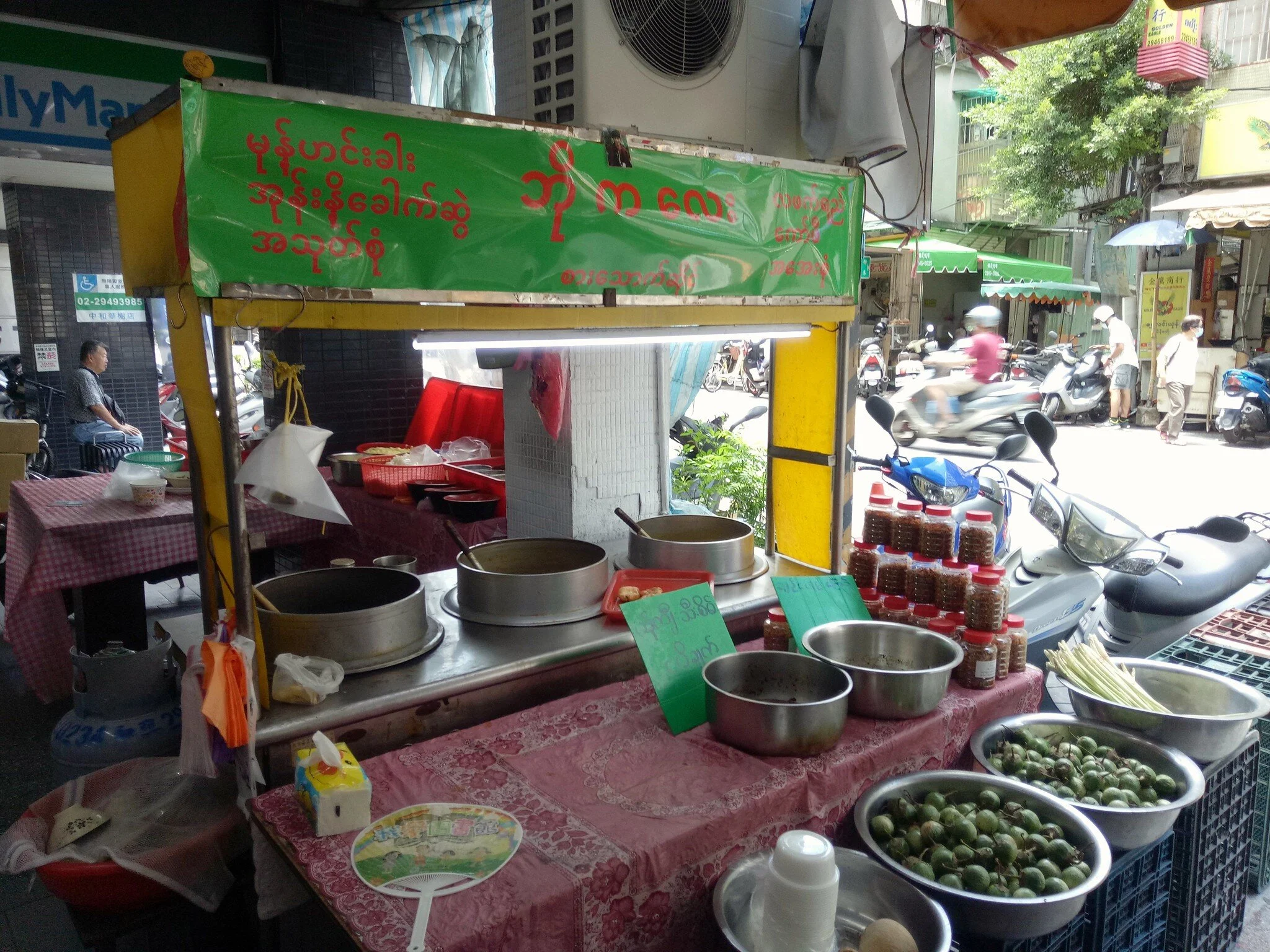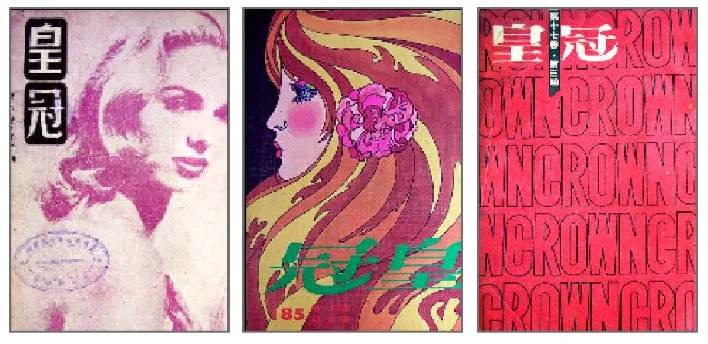Ghastly Heritage of NTU’s Shuiyuan Campus: White Terror Stories in Autopsy Room
Between 1949 and 1999, the National Defense Medical Center was located around what is now the Shuiyuan Campus of National Taiwan University. Ghastly rumors about the site circulated among present-day college students. Why was the site haunted and by whom? What might be the ghosts’ unfulfilled wishes? How have fictions and oral narratives about the White Terror in Taiwan contributed to a haunted remembering of the site? And how should we reckon with the ghastly heritage of NTU’s Shuiyuan Campus and beyond?
By Hsieh Yi-an
Translated by Po-hsi Chen
Edited by Yu-Han Huang, Elizabeth Shaw, S. Chung
This piece first appeared in the StoryStudio and was translated with the permission of the author and publisher.
The Shuiyuan Campus hardly fit in the prosperous neighborhood of the Main Campus of National Taiwan University (NTU) in the Gongguan area. Those who first visit Shuiyuan would be surprised by its desolate feel. Bordering the river, it is touched by an eerie breeze from time to time. The sparsely populated buildings and dormitories in shambles make Shuiyuan look exceptionally creepy. But NTU students were forced to come when their bicycles are towed away and stored here.
Ghastly rumors and vivid marvel stories about Shuiyuan circulated among NTU students. Some say that the Shuiyuan Campus was once where the National Defense Medical Center was located, and a certain corner where autopsies were performed. What was dissected was not volunteers who had donated their corpses, but rather the bodies of those who had been executed in the nearby execution ground.
The current site of the Shuiyuan Campus, formerly the National Defense Medical Center, lies at No. 18, Siyuan St., Zhongzheng Dist., Taipei, next to Yongfu Bridge. (Source: Solomon203 / CC BY-SA)
PILE OF CORPSES AT THE NATIONAL DEFENSE MEDICAL CENTER
Are these rumors real? This narrative does not deviate too much from reality. For a period of time, an execution ground was located in Shuiyuan. Between 1949 and 1999, National Defense Medical Center was located around the Shuiyuan Campus area. Somewhere on campus stored bodies awaiting to be dissected. Once their dates arrive, these bodies would become the cadavers in classrooms.
For a long time, this was a mysterious secret known to only a few. In “Night Zither,” a short story about the White Terror by the novelist Li Yu (李渝), the Shuiyuan Execution Ground was also just a rumor. Even at the end of the story, it was vaguely described:
“… A misty cool breeze blows from the end of the dark Shuiyuan Rd. Allegedly, a dozen years ago, it used to be where people were shot.”
However, the reality is even more ghastly and miserable than the rumor about the dissected death row in Shuiyuan Ground, because the death row was not meant to be executed. They were not supposed to lie on the autopsy tables in the first place.
In the 1950s, the National Defense Medical Center served as the storage for the corpses of political prisoners. After being shot to death in the nearby execution ground, their bodies would first be transferred to “Ecstasy Morgue” (極樂殯儀館) for three days. If relatives failed to show up to pick up the bodies, they would then be moved to the National Defense Medical Center and soaked in Formalin for three months. If still nobody showed up after another three months, the bodies would become the cadavers in class, cremated after the class and buried in Liuzhangli (六張犁).
An official document issued by the Ministry of Defense dated January 1951, “The Unclaimed Corpses of the Executed Should Be Transferred to the National Defense Medical Center for Autopsy Experimentation,” mentions that “In honor of humanitarianism and folk traditions of our country, the corpses of the executed vicious bandits (jianfei, 奸匪), if unclaimed by relatives, were temporarily allowed to be transferred to the National Defense Medical Center, to be immersed [in Formalin] for three months. If still unclaimed by relatives, they should be dissected, results to be reported.”
One reason behind this stipulation is to solve the problem of the shortage of cadavers at the National Defense Medical Center. Before 1949, only NTU had a school of medicine in the entire Taiwan. After the National Defense Medical Center moved to Taiwan with the government, the two institutions had to compete with each other for resources. Because keeping the dead bodies intact was a strong convention in folk tradition, cadavers that could be dissected were in shortage. Meanwhile, the prevalent political persecution made mortuaries filled with the executed political prisoners, resulting in the “rational” decision to transfer their corpses to the National Defense Medical Center for autopsy.
Before the National Defense Medical Center relocated to Taiwan, there was only one school of medicine in Taiwan, which was affiliated with Taiwan Government-in-General (台湾総督府). At present, it operates as the NTU Medical School. Pictured here is its dormitory. (Source: Wikimedia)
The family story of Chen Cheng-tzu helps reconstruct the psychological process of the family members when they picked up their relatives’ bodies. Chen’s father and elder brother were both arrested in the Luku Incident (鹿窟事件). Chen Cheng-tzu and her grandmother learned of their deaths long after they were shot. They had little time to feel the pain before they started worrying about not having enough money to cover her father and brother’s posthumous affairs. Chen, her elder sister, and her grandmother went to identify the corpses at the National Defense Medical Center, where “the lying corpses of those who were shot were scattered all over.” There were so many of them that the guardian had to use a hook to turn the bodies around for identification.
Chen Cheng-tzu said that she had not felt much during this time. She only felt that the guardian was dragging “something else.” Until the guardian collected the corpses of her brother and father from the body pile, they were then aware that her father and brother were no longer alive. They wept inconsolably to the extent that her grandmother fainted. The family suppressed their grief. They asked someone to stitch up the wounds of their bodies and shrouded them with clothing and shoes to send them off.
The reason why they did this, said Chen, was because they believed that “Once the human beings leave this world, their bodies should remain intact so that they could walk away peacefully” to reincarnate. The sight of stripped and wounded bodies alone could wreak emotional havoc to family members of the deceased, not to mention bodies cut and dissected on the autopsy table of the National Defense Medical Center. How could the bereaved find peace once they knew of the Center's treatment of the unclaimed bodies?
Just as the political prisoners who vanished without a trace in the 1950s, people might be at large or arrested and would never appear again. All their family and friends knew was that something went wrong. Amid the straightjacket of the White Terror, their “disappearance” became a taboo subject. Hence, their whereabouts were hard to come by—where were they? On the autopsy table? Or a place we wouldn’t know?
THE NEXT STOP: FORMALIN AND DISSECTION TABLE
For the bereaved whose family members were executed all of a sudden, what could be done was “bidding farewell to them”—finding their bodies, processing, and cremating them. However, the government’s purported cover-up and the expensive processing fees made it hard for the family members to fulfill such humble wishes.
In oral interviews, many family members of political prisoners mentioned in their memories about “going to the National Defense Medical Center to collect the bodies.” But it seems to be an unspeakable secret not open to the public. According to Lan Yun-juo, her father Lan Ming-ku was imprisoned because of the Keelung High School case (基隆中學案). Once when her grandfather delivered food for him, he suddenly found that Lan Ming-ku had already been executed. But the Taiwan Garrison Command’s Judge Advocate Office refused to reveal where his body was transferred to. After her uncles asked around, they found out that Lan’s body was transferred to the National Defense Medical Center. The family hurried there to collect Lan Ming-ku’s body from Formalin and took him home. The young Lan Yun-juo knew very little about this. She only remembers that her uncle said his father’s body was wounded by bullets and knives.
In addition to the non-transparency of information, the heavy price of claiming bodies also made the path toward finding one’s relatives extremely difficult. According to Lin Ai-chu, younger sister of the political prisoner Lin Chin-wen, on the date when her brother was executed, her father immediately took the northbound train. But rather than going directly to identify the body at the National Defense Medical Center, he stayed at Ai-chu’s for three to four days to raise money before going. By that time, Lin Chin-wen’s body, soaked in the liquid with other bodies for days, had already been unrecognizably deformed and whitened. Through a false metal tooth, Lin’s father finally identified his son and sent it to a mortuary for cremation. But when he went to pick up the bone ashes the next day, he could only use a pickled vegetable urn to fill the ashes because he couldn’t afford a funerary urn.
Stories like the Lans and Lins were prevalent, but not all families found their missing relatives, nor all bodies reunited with their families. These corpses that weren’t picked up moved to the next stop—the autopsy room.
OUR MOST FAMILIAR STRANGERS ON THE AUTOPSY TABLES
According to Lin Chuan-kai (林傳凱), scholar of the White Terror, outside the National Defense Medical Center was the Shuiyuan execution ground which served as the backup execution site for Machangting, used when Machangting (馬場町刑場) was already filled with too many death rows to be executed. Therefore, the time of execution at Shuiyuan mostly came later than Machangting. Usually, execution took place around 5-6 in the morning at Machangting, while 10 am at Shuiyuan execution ground, which happened during school time. Students at the National Defense Medical Center would hear gunshots at class hours and see the bullet wounds on the bodies to be dissected. It may sound terrifying today, but it was the daily lives for the National Defense Medical Center students.
What’s more ghastly was the moment when the students recognized the body on the autopsy table. In “Red Dragonflies,” a story by the novelist Lai Chih-ying (賴志穎), the narrator, a medical student, has a close cousin who used to be a left-leaning idealist youngster. He seems to have participated in some kind of organization but goes missing in action one day. As it turns out, in a dissection class, the narrator suddenly realizes that the body awaiting to be dissected is his cousin. Then, as he cuts his cousin’s body open, he reminisces about his cousin’s look when he was still alive…
This doesn’t just happen in “Red Dragonflies.” “I Won the Prize, Teacher” by the novelist Huang Chunming (黃春明) is an essay dedicated to a teacher who inspired his interest in literature, Wang Hsien-chun. After Wang found Huang was gifted in writing, she instructed him to read Ba Jin, Anton Chekhov, and Shen Congwen. One day, Wang was taken away from class. Shortly afterward, a high school senior said that he saw Wang in an autopsy room when visiting the National Defense Medical Center.
When one recognizes the familiar face of a person on the dissection table, with a sharp scalpel in hand, how could one ruthlessly cut his skin open and simply see him or her as a course material? Such pain and agony didn’t just exist in literary works. According to Lin Chuan-kai’s investigation, a student at the National Defense Medical Center was also placed on the autopsy table in front of his own classmates. Huo Chen-chiang, a Pharmacy major, was arrested for organizing a study group. He was first sentenced to imprisonment but was later changed to death penalty. Back then, the students at the National Defense Medical Center were mostly mainlanders (waishengren), and Huo was no exception. They came to Taiwan alone, without a relative to pick up their bodies. Thus, Huo’s corpse was transferred to the Formalin at the National Defense Medical Center and arrived at the autopsy room three months later.
The students were shocked when they found that the body to be dissected was Huo’s. Though they heard about Huo’s arrest and death penalty, they never thought about seeing him become their cadaver. The instructor at the National Defense Medical Center ordered two students return the corpse back to the mortuary. The commotion triggered by this incident even led a female student to hang herself.
Under the nation’s policy back then, the authorities concerned not only could deprive a person of his or her life, they could even strip the bodies that remained, exploiting their remaining values to the bones. When the victims left this world, they couldn’t speak for themselves. Even after their deaths, they were dissected involuntarily.
THE FORGOTTEN HORROR STORIES
The death row executed in the 1950s were not robbers, murderers, or arsonists. Like us, they might simply be ordinary bohemian youngsters, students, or teachers. For a better future of the nation, they threw themselves into revolution, but their lives were forcefully cut short by the Nationalist government and became silent corpses in the Formalin pond.
Lives can’t start anew. These innocent lives have long been lost. If following the logic of ghost stories, the specters would wander about, would these revolutionary youngsters really want to haunt us? Even if they were to haunt us, claim lives, and seek revenge, can they really find the most ruthless murderer behind this tragedy?
If, per folk tradition, the dissected bodies of the dead prevent them from entering the other world, then, during their stay with us, their wish must be simple: to take a final glance at their loved ones to whom they could not bid farewell in time.








